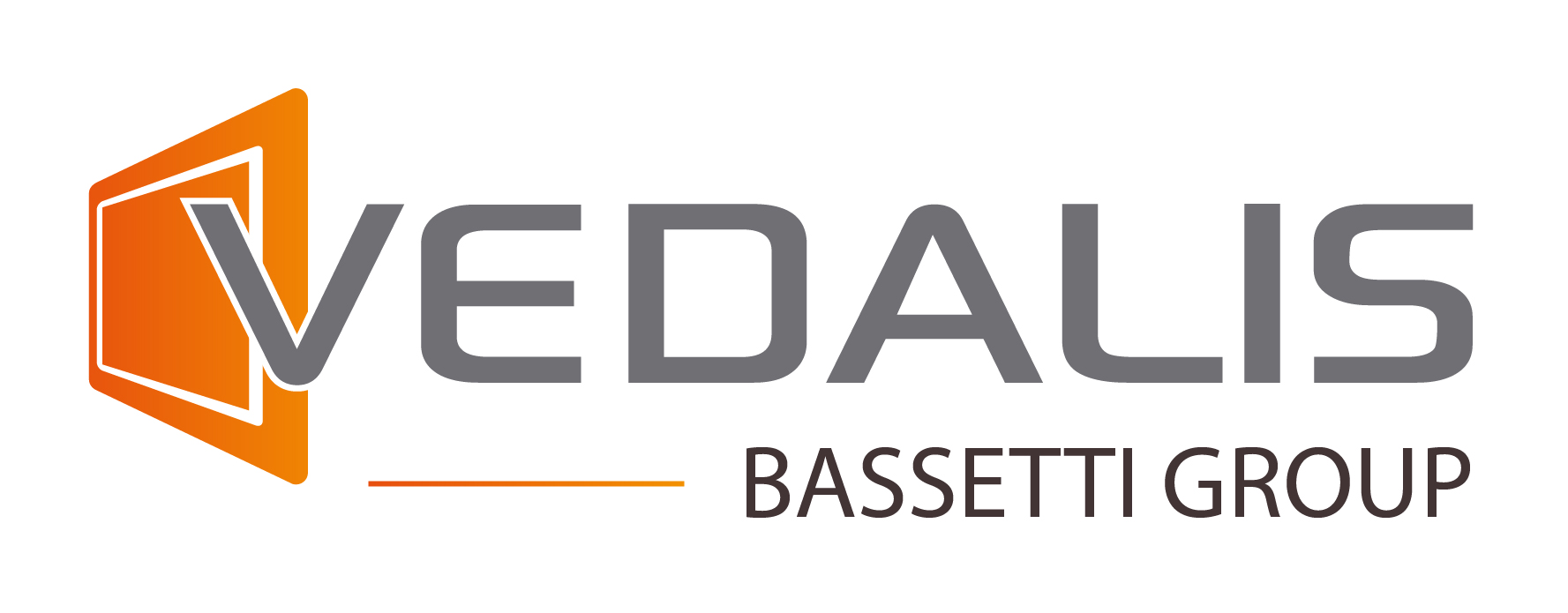
Sharing knowledge is a major challenge for the company. It is essential not only to ensure service continuity but also to continuously improve processes. While certain factors, mainly human, can sometimes hinder this, the company now has various solutions available to remove the obstacles. There is no question of a site being in peril following the departure of an employee who held key expertise. Sharing his knowledge is the guarantee of a permanent improvement to the company’s performance. Lessons learned following difficulties encountered in a project must be of benefit to all. They contribute to the identification of good practices that the company has a strong interest in promoting to its employees. Still, this knowledge needs to be documented.
Sharing explicit knowledge: collaborative tools
This is the whole purpose of knowledge management, the process of continuously documenting knowledge. In practice, this means identifying notions and information that are useful to the company, prioritizing them, protecting them, sharing them and updating them.
But certain obstacles, most often of human nature, can hinder this transmission. “Know-how” is one thing, “making knowledge” is another. How many experts, excellent in their profession, remain unable to pass on their knowledge?!
Transmitting tacit knowledge
The task is simple enough for explicit knowledge, defined as “everything that can be easily expressed and codified”, according to Japanese academic Ikujiro Nonaka.
For the so-called tacit knowledge, it is another set of tricks: this knowledge refers to the interpersonal skills that a person acquires over the course of their career. But how can we transmit the ability of a sales representative to feel the needs of a customer when he cannot define them himself?
And that’s not to mention the reluctance of the knowledge holders themselves: for fear of being judged, of losing their power, or of wasting their time. As many obstacles that the company will be able to remove, for example by awarding referent titles, or even bonuses… Above all, it must set up a space-time dedicated to the sharing of knowledge between peers, which can take the form of periodic working groups, on identified themes.
Reverse mentoring, a win-win system
As for the sharing of knowledge between generations, it is no longer limited to tutoring in the true sense of the word. In some cases, the baby boomers pass on their knowledge to younger people, who in turn share their knowledge of new technologies and social networks, but also allow them to see a radically different way of working and understanding work.
Many companies practice and thus favor reverse mentoring, which has the advantage of creating a real relationship between generations, but also of placing the young person in a position to share his knowledge and practices as soon as he arrives in the company. A virtuous circle, therefore, which allows everyone to perceive the benefits of knowledge sharing and to get used to it. A win-win system, therefore, and not only to anticipate the departure of the senior.



